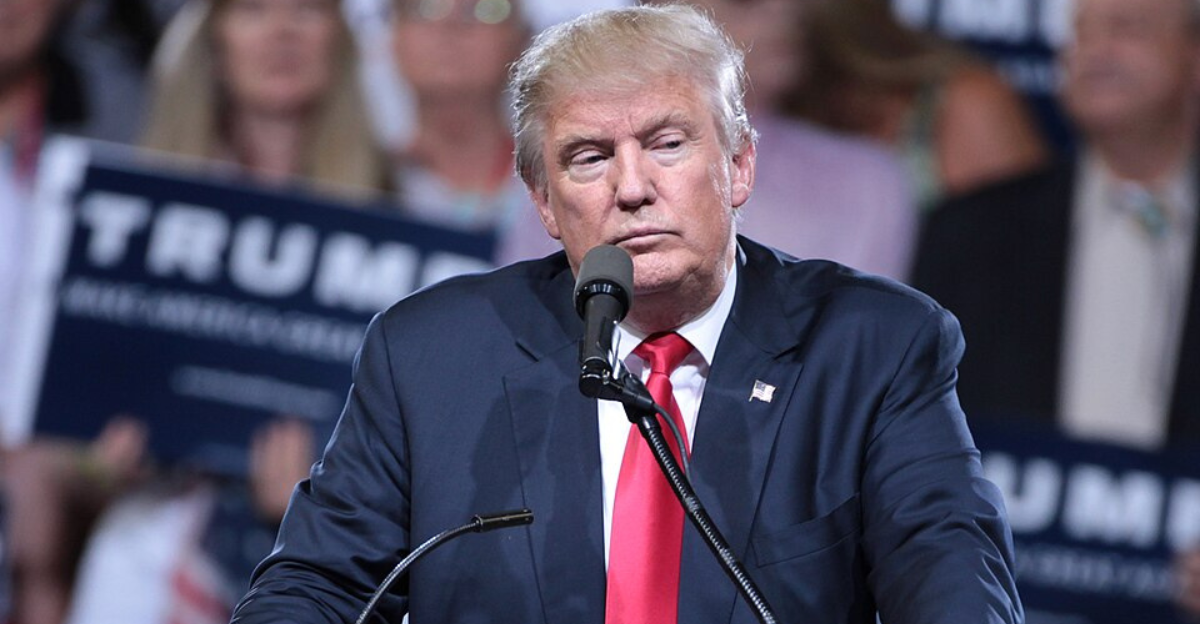
What Donald Trump is arguably most known for, is his take on the economy. The argument is that as a businessman, he brings experience and special acumen to the office of the President.
Less than a year into his second presidency, however, there are troubling signs about not only the current state of the economy, but also about how other countries feel about America’s economic strength. That includes a significant drop in the value of America’s currency.
The Dollar Was Off to a Strong Start in the Early Days of Trump’s Presidency
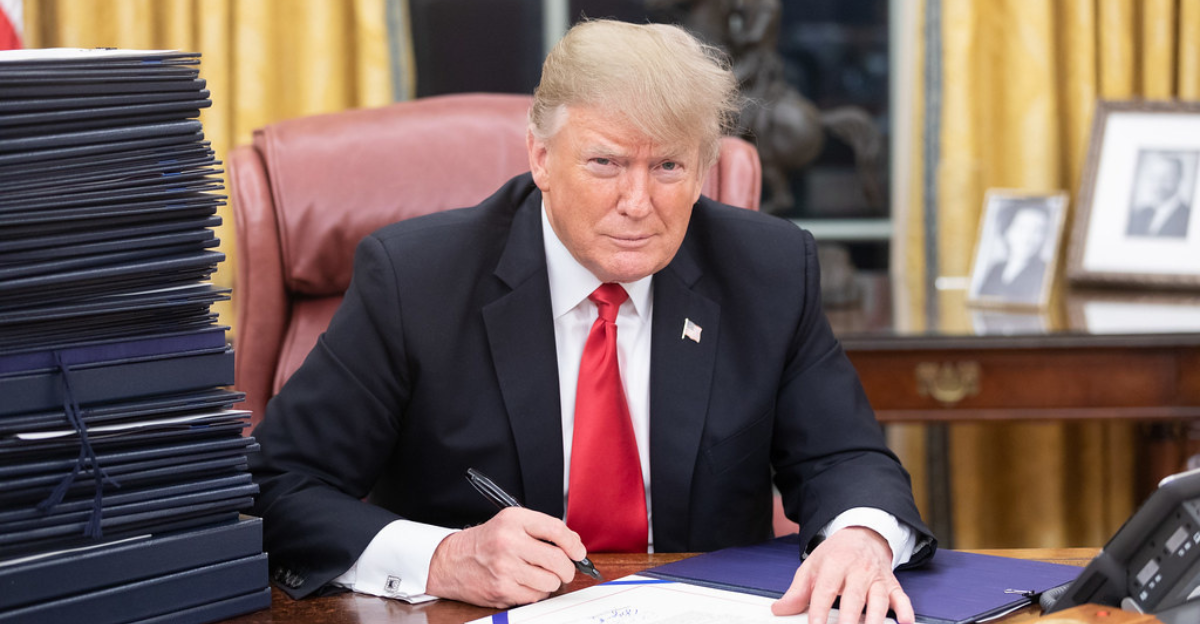
When Trump first took office in January 2025, the dollar surged. The market, at least at that point, was assuming that Trump would be a pro-business president. The thought was that regulations would be dropped and profits would surge.
Since he’s taken office, though, things haven’t been going as smoothly as previously hoped. The financial world is not responding well to President Trump’s decisions. And while he may wish otherwise, Donald Trump’s power is limited from controlling the markets as he would like to.
This is the Worst Start for American Currency in Decades
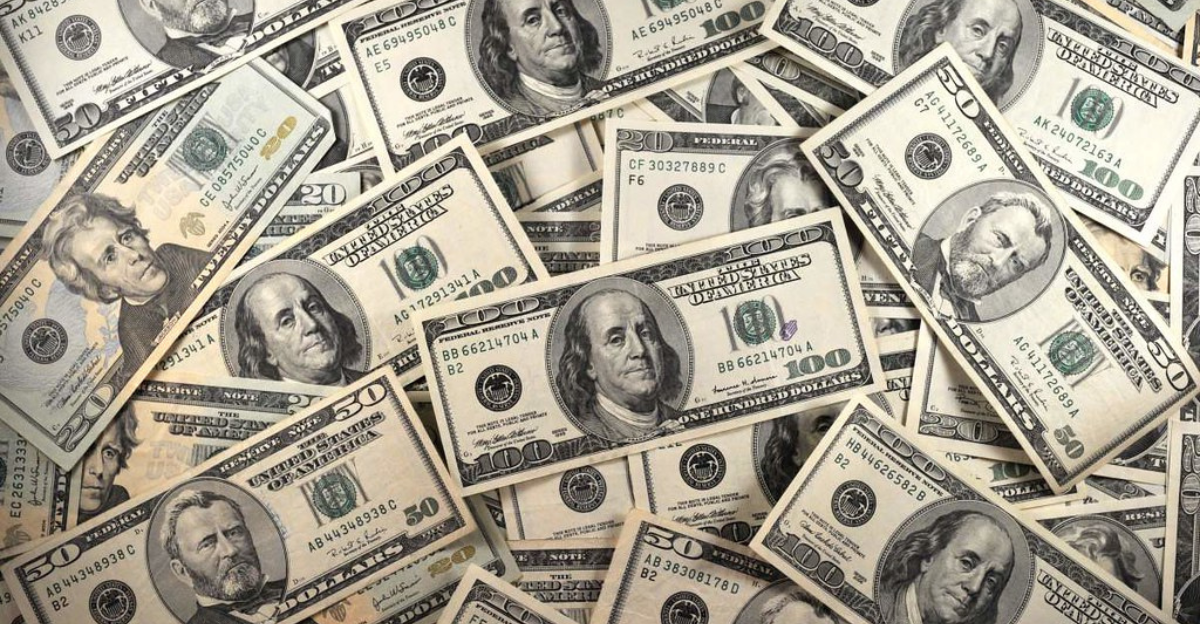
Now that the year is half over, economists can better track where the economy is going. The U.S. Dollar Index is a tool that measures the American dollar against six other major currencies: the euro, the Japanese Yen, the Swiss franc, the British pound, the Canadian dollar and the Swedish krona.
Through the first half of the year, the dollar has declined by more than 10%. This marks the first time that this has happened since 1973. In 1973, the value fell as a result of the unlinking of the dollar against gold.
Trump’s Tariffs Are a Major Reason for the Fall
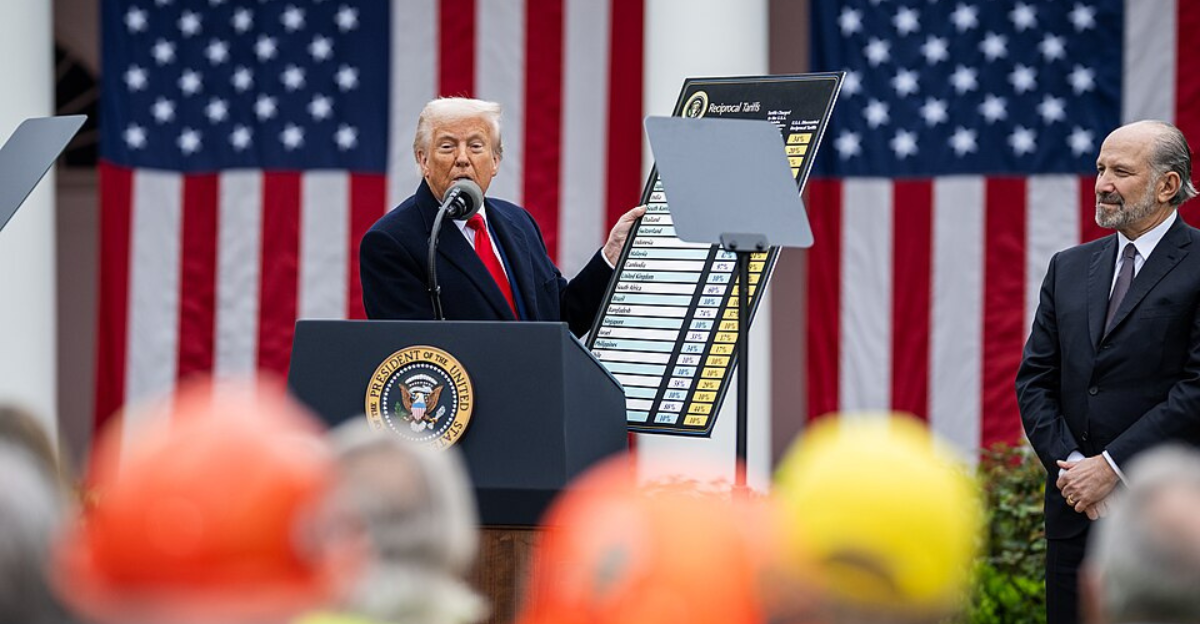
In April of 2025, Trump announced broad tariffs against nearly every country that the United States does business with. While Trump had long stated that tariffs would be a major part of his presidency, the measures were broader and higher than expected.
Donald Trump had argued that his tariffs would improve the U.S. economy during his campaign for the presidency. While nearly every major elite economist disagreed with Trump’s logic, the Republican president still plowed ahead with his plan. The market had a swift and negative reaction to Trump’s announcement.
The Tariffs Are on Pause, But Major Damage Has Been Done

Trump had coined the day on which he made his announcement, Liberation Day, but the reaction to his tariff plan was overwhelmingly negative. This was especially true in the stock and bond markets, where there were drastic drops.
In addition to the severe reaction from the markets, there was plenty of coverage of the responses from business leaders. There were regular statements from CEO’s about raising prices due to their higher costs. At one point, Trump threatened Walmart, saying that the big-box store should simply “eat the tariffs.”
Inflation Has Also Had an Impact on the Fall
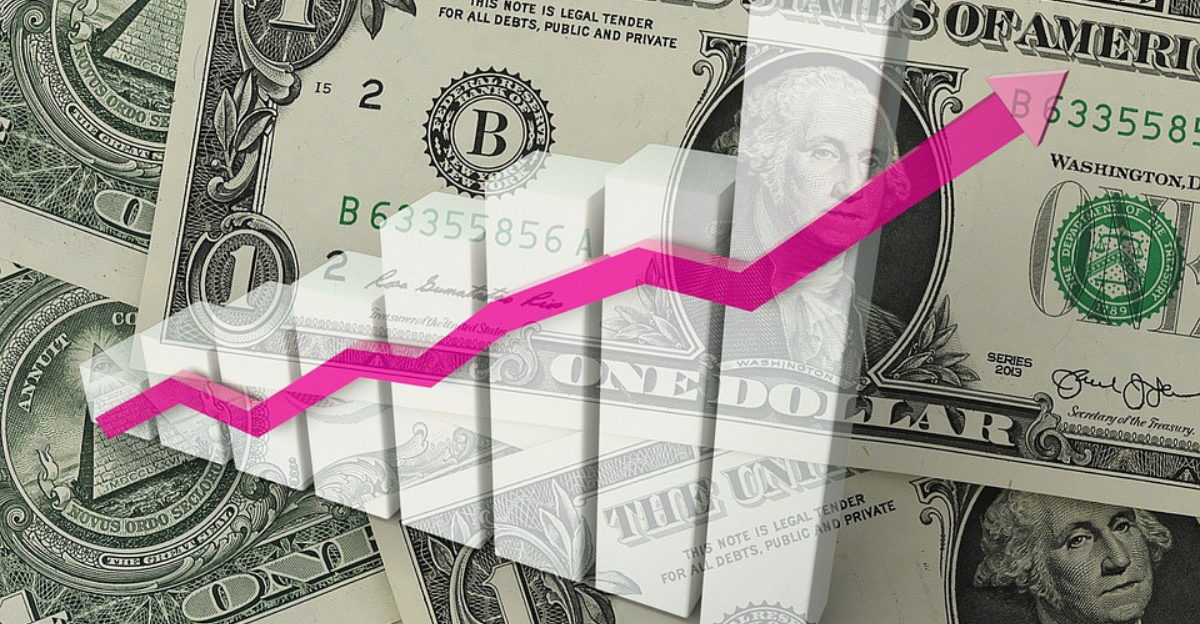
Inflation rose steadily throughout COVID-19, and once the pandemic ended, economists felt there would be a bit of a fight to come out of it. The worst did not come to pass, however, and the United States had one of the best recoveries of all major countries.
While inflation has lowered, that may not last in the current tariff war environment. Economists say that the tariffs would simply be a tax paid by American shoppers and that Americans could be facing another price hike.
Tariffs Could be Coming Off Their Pause Soon

Just days after announcing his tariff plan, Donald Trump chose to place a pause on the tariffs. The White House said they were doing so in order to negotiate deals with 90 different countries. Critics say that Trump paused the tariffs because of the extreme negative reaction from both voters and financial markets.
The negotiations have not gone well, with only one or two deals out of ninety being completed. Still, Trump has recently said that he will not be extending his 90-day deadline and that the countries that have failed to make deals will be hit with the original tariff numbers from April.
There is Less Interest in American Assets

America has a strong reputation around the world as a solid place to invest your money. And the foreign investments that come in from other countries help to prop up the economy. There was initially interest in Trump’s term from foreign markets, but that has seriously waned since the tariff announcement.
Trump has also gone back on his initial campaign promise to slash government spending across the board. Rather than doing so, the president is promoting a tax bill that will add money to the deficit. And that weakens foreign interests as well.
American Purchasing Power is Down
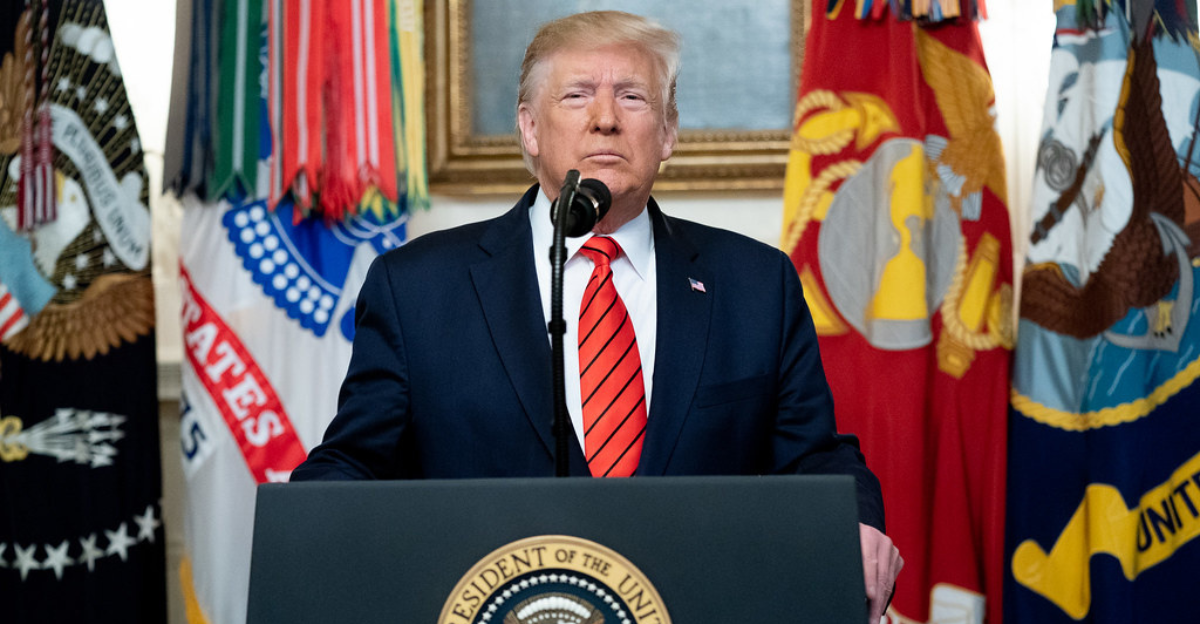
The dollar is currently struggling, but the stock market has been strong since Donald Trump announced that he would be putting a pause on the tariffs. The poor current standing of the dollar, though, will affect Americans in other ways.
Americans are used to going to foreign countries and benefiting from the exchange rate. With the dollar at its current status, that may not be quite possible, and as a result, Americans have less purchasing power when traveling abroad than they did six months ago.
Conclusion
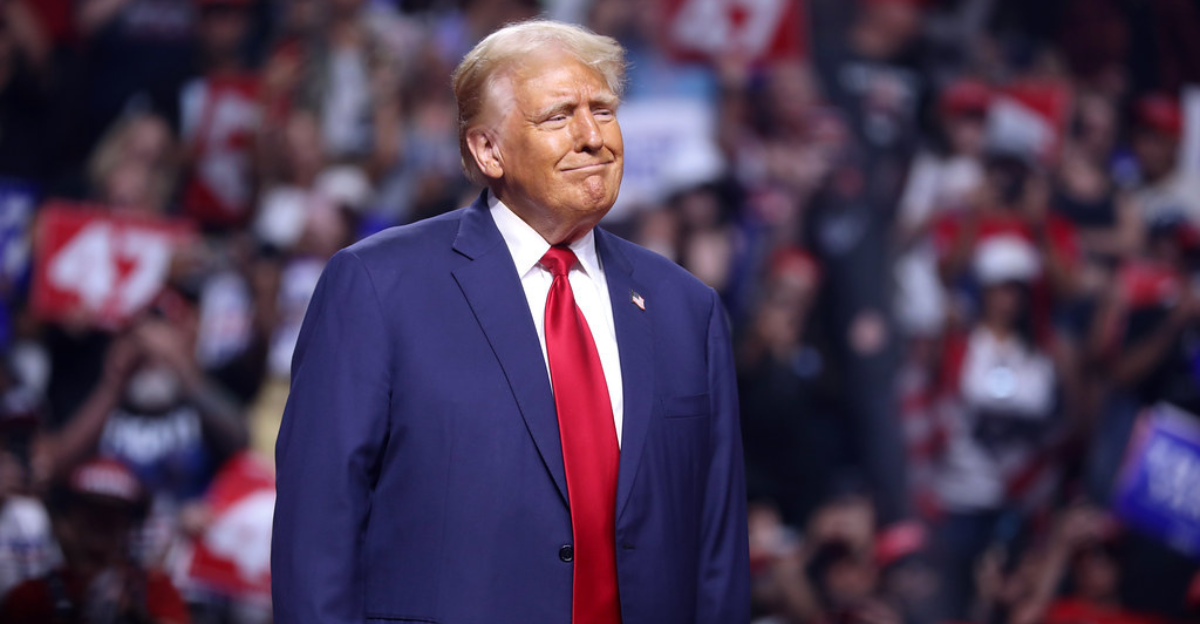
The decline in the United States dollar is due in part to inflation, and Donald Trump’s tariffs are another major factor. But the overwhelming factor driving the lack of faith in American currency is the current state of volatility. And from all indications, that volatility will not be going away anytime soon.
Despite warnings about the damage they can do to the economy, president Trump feels committed to pushing through his tariffs, even telling people that there may be a little pain before anything is solved. And as long as that is the case, the dollar may not be able to recover.